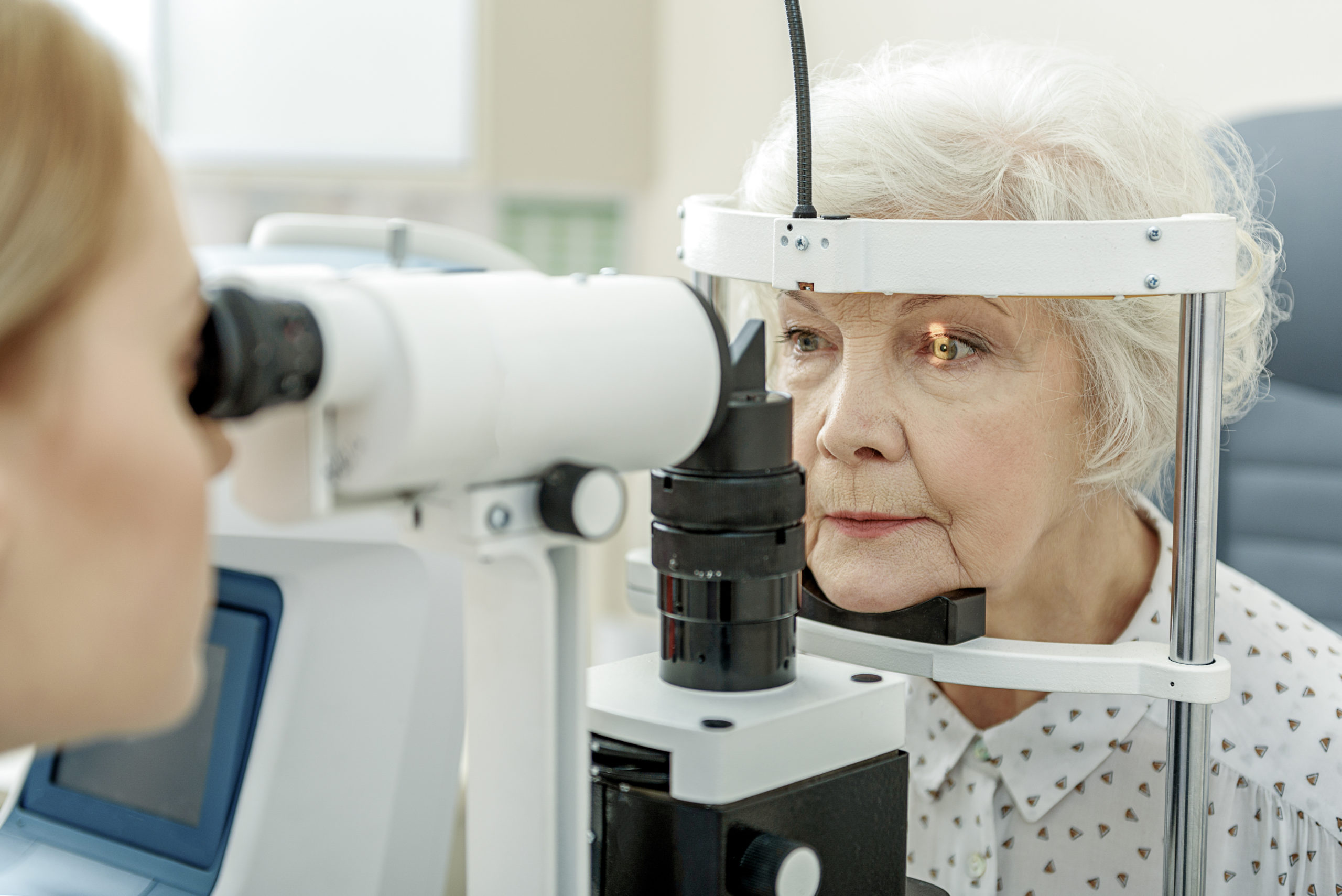Good solutions tackle the root of the problem. That’s why advocates are calling for increased federal funding for vision and eye health in Fiscal Year 2021.
In a letter to members of Congress, advocates highlight two Centers for Disease Control and Prevention programs that need support: the vision and eye health program, and the glaucoma program. Deteriorating vision health fuels advocates’ call for more robust funding, “so that Americans can look forward to a lifetime of health vision and eyesight.”
The letter’s 83 signatories included Prevent Blindness, the American Glaucoma Society and the Vision Health Advocacy Coalition, among others.
The CDC’s vision and eye health program conducts research on disease burden and access problems. Federal, state and local policymakers then use the CDC’s data to address challenges in targeted communities. But limited funding means the CDC hasn’t conducted a survey on vision impairment and eye disease since 2008.
Without data, policy lags – and patients may suffer. “The CDC needs current and accurate data to understand where gaps exist and how we can get ahead of these serious trends,” advocates explain. Addressing gaps in care is particularly important for vision conditions, which can cause damage even before symptoms arise.
In the case of glaucoma, for example, vision damage is permanent. Advocates also urged legislators to increase funding for the CDC’s glaucoma program, which supports public education, early detection and treatment interventions.
Vision impairment will cost the United States an estimated $172 billion in 2020. Without investment in vision and eye health initiatives, experts project that number to reach $717 billion by 2050. Changing demographics and an evolving health care system make accurate, up-to-date health information more important than ever.
To learn more about challenges in vision health, read the Vision Health Advocacy Coalition’s newest white paper, “Access to Treatment for Vision Condition.”

